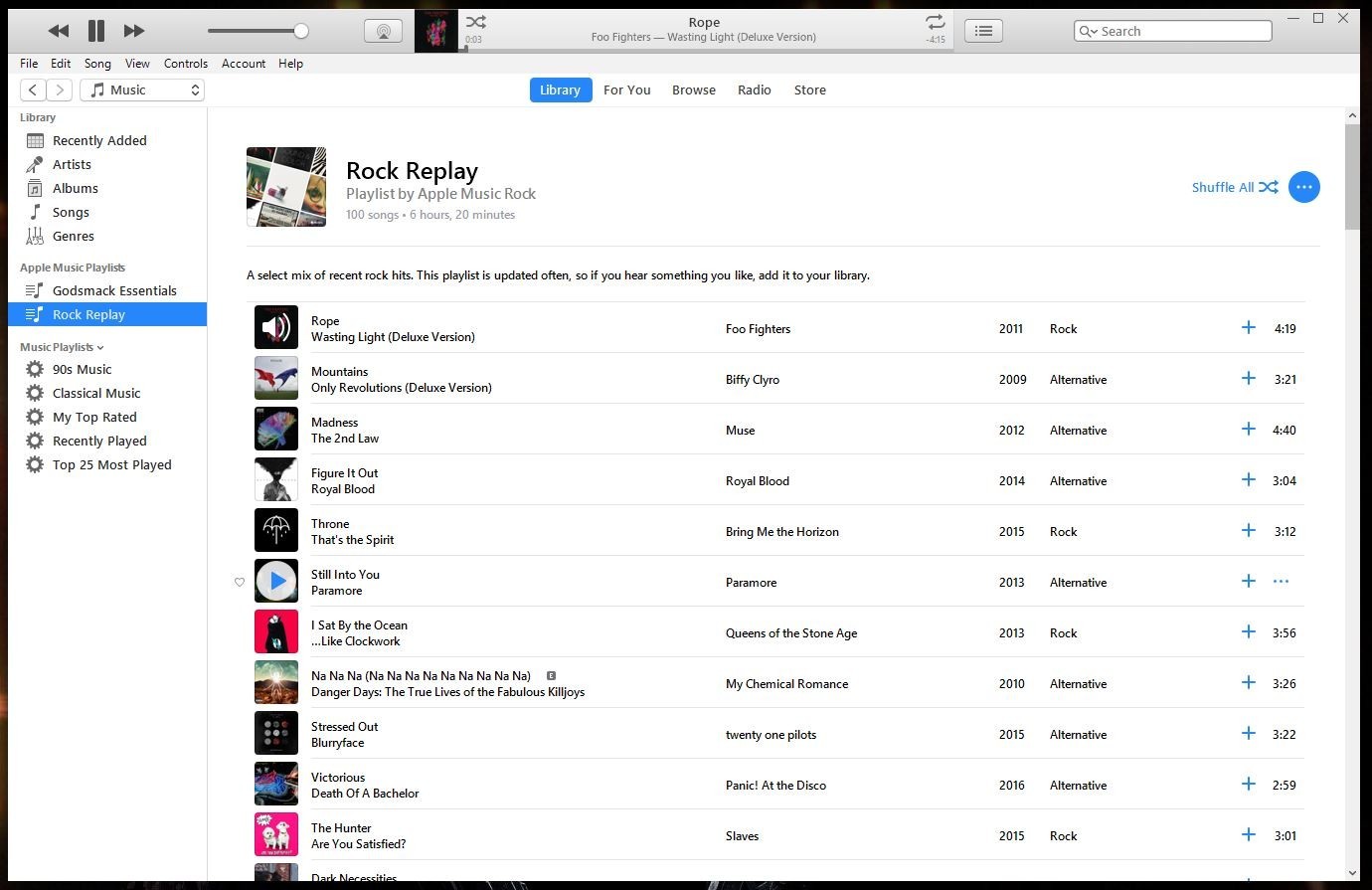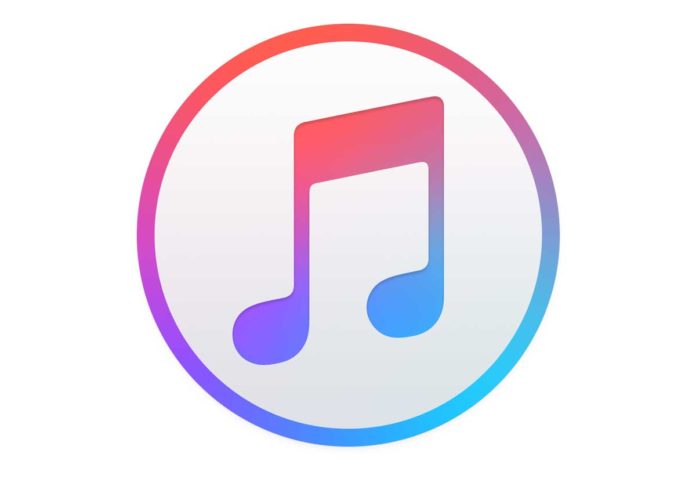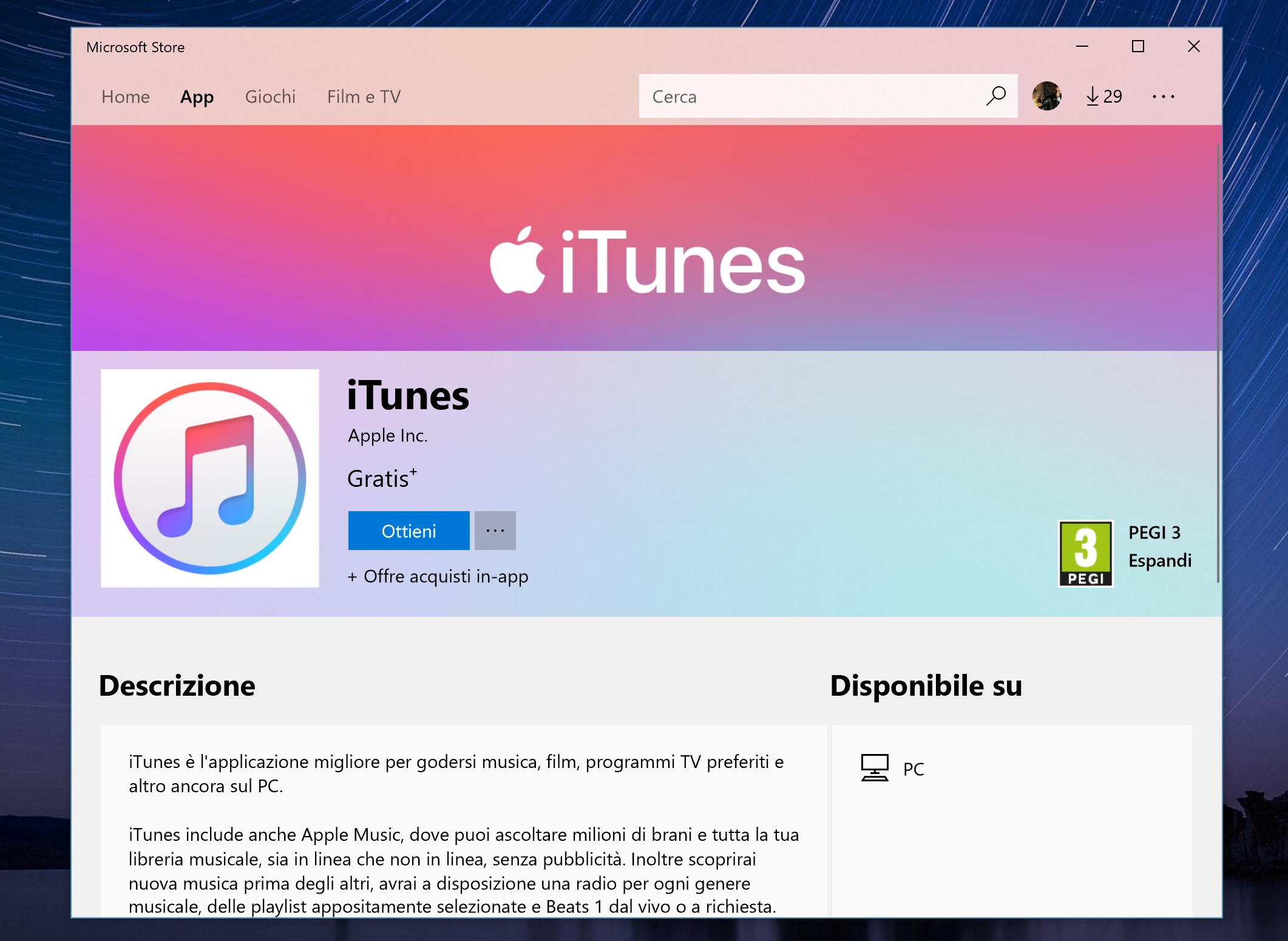

It also doesn't install any services in the background: Centennial apps aren't allowed to do that.Īs such, if you want to use iTunes (and honestly, it's probably the best way of managing music on your iDevice, even if it isn't absolutely required these days), then this Store version, rather than the traditional application, is the one to go for. This means that it will never try to install iCloud or other Apple software.

However, because this iTunes is a Store app, it's installed and updated not with Apple's installer and updater but with the Windows Store updater. You can join Apple Music and stream or download and play offline millions of songs, adfree. Upgrade today to get your favorite music, movies, TV shows, and podcasts. The latest entertainment apps now come installed with the latest macOS. After doing that, iTunes worked just fine, and from. iTunes Download the latest version from the Microsoft Store. The Store version of iTunes uses Microsoft's Centennial technology-a way of packaging up regular Windows applications for distribution and installation through the Store-so, for the most part, it's identical to the traditional iTunes application. This may sound a bit weird but many users were able to solve the issue by plugging a speaker or a mic into their audio jack.

It's a hefty install at some 477MB, and once installed, it's still just iTunes: it can sync and upgrade iPhones and iPads, it can play and manage music, and it can make purchases from the iTunes Store. Promised just over a year ago at Microsoft's Build conference in 2017, Apple iTunes is now finally available in the Microsoft Store. How to Install iTunes (Microsoft Store App) Using the PowerShell App Deployment Toolkit Download the zip file to a folder created at (C:Downloads) Open.


 0 kommentar(er)
0 kommentar(er)
